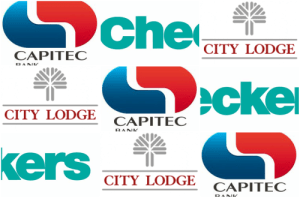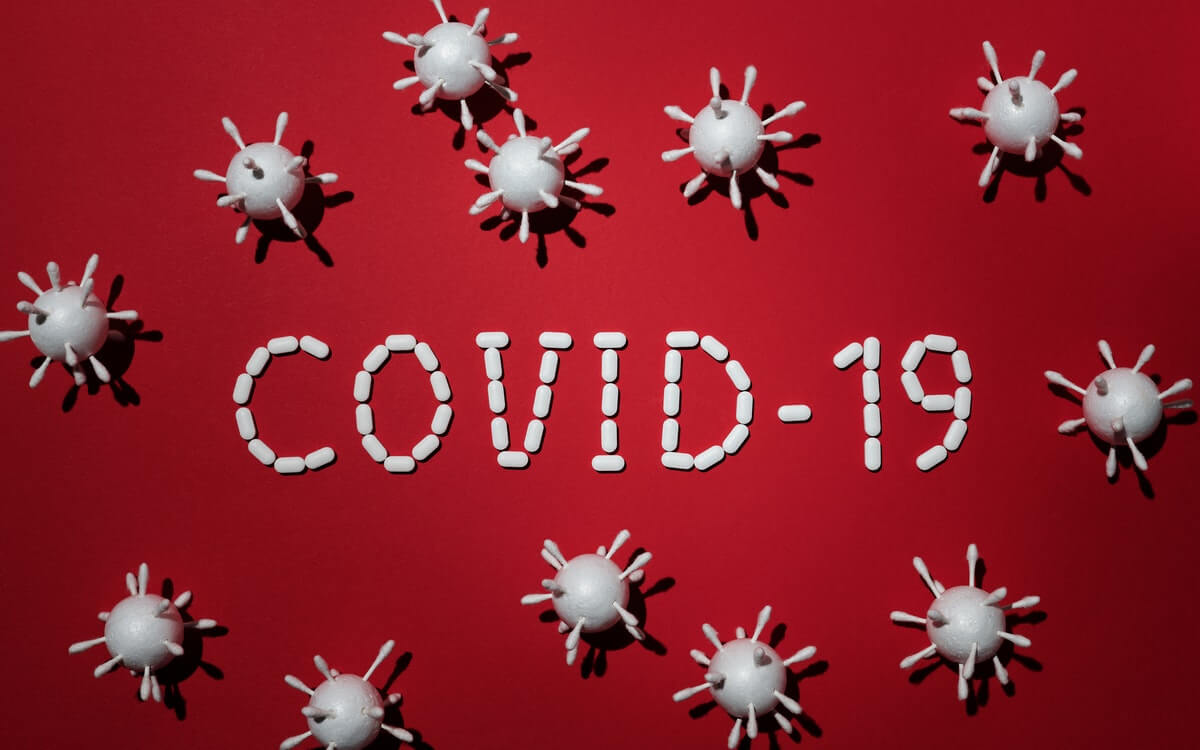
‘Crack Your Bottom to Grow Your Top’ – this is a strategy adopted by some very successful businesses.
They establish themselves in the bottom end of the market and then expand, attracting top end clients. They hone in on what consumers want, cut the frills and provide a low cost, quality product.
Here’s the recipe that three companies, in very different industries, are implementing to achieve this.
This bank has just been voted, “Best Bank in the World” in Lafferty Group’s 2017 Global Bank Quarterly Benchmarking study.
Launched in 2001, Capitec Bank was built on the back of Capitec’s micro-credit business, targeting low income consumers. From the very beginning its philosophy has been to be “anti bank”, thinking like retailers (rather than bankers) and focusing on customer needs.
How is it doing this?
It offers easy to use, affordable and straight talking banking that helps clients manage their money. Its products are versatile and wherever possible, it uses technology to remove the paper work (reducing costs). Its branches occupy a small space, are manned by a tight team and are open for longer business hours rather than the shorter, traditional banking hours.
The result is that Capitec Bank is now also attracting the smart money, with many high income earners switching to its brand. It achieved a record growth of 1.3 million new clients for its financial year to end February 2017 and now plans to roll out its model in international markets.
This is a chain of supermarkets which is part of the Shoprite Group of Companies, Africa’s largest food retailer. Traditionally, Checkers has targeted the lower, mass market but has now set a course to also attract the middle to higher income bracket.
How is it doing this?
It’s opening stores in up-market areas, ensuring that in these stores it stocks value for money items with appeal to higher income earners, and is also directing some of its advertising spend to this group.
Checkers has recently announced a new partnership with celebrity chef, Gordon Ramsay and his daughter, on a range of kids’ convenience meals. This, “Oh My Goodness” range is being rolled out to target upper to middle class parents who shun added sugar, salt and preservatives.
The City Lodge Hotel Group offers value-for-money accommodation. It opened its first City Lodge hotel in 1985 and guests instantly took to the concept of a hotel that lives by the principles of TLC where T is for a tip top offering, L for loving and C for clean.
City Lodge’s brand essence is “we value what counts” and its aim is to give guests more of what they value.
How is it doing this?
From the start City Lodge’s marketing has been focused on including upmarket clientele in their targeting. This is evidenced by one of their early print advertising campaigns which was headlined, “Even the Wealthy Stay with Us”, showed a large graphic of a City Lodge hotel and had underneath it the bracketed clause, “(… how do you think they got that way in the first place!)”
Although a low cost offering versus its more opulent rivals, City Lodge has been very successful in attracting high income business people who are seeking accommodation that is comfortable, clean and welcoming.
The Bottom Line
All three of these businesses deliver on their promise of providing a quality and value for money offering which is focused on what consumers are really seeking. The result is that they’ve been able to attract a broader spectrum of customers including both the low and high end of the market.
In tough economic times can you identify what’s really important to your customers and simultaneously offer them quality at an affordable price?
About the author: Shirley Anthony is an author, speaker and owner of Marketing Breakthroughs, a marketing consultancy operating for over twenty years. Having initially gained corporate experience in fast-moving consumer-goods branding, she has consulted in over twenty-five industries, including cellular, information technology, travel, engineering, food, cosmetics, architecture and banking.


